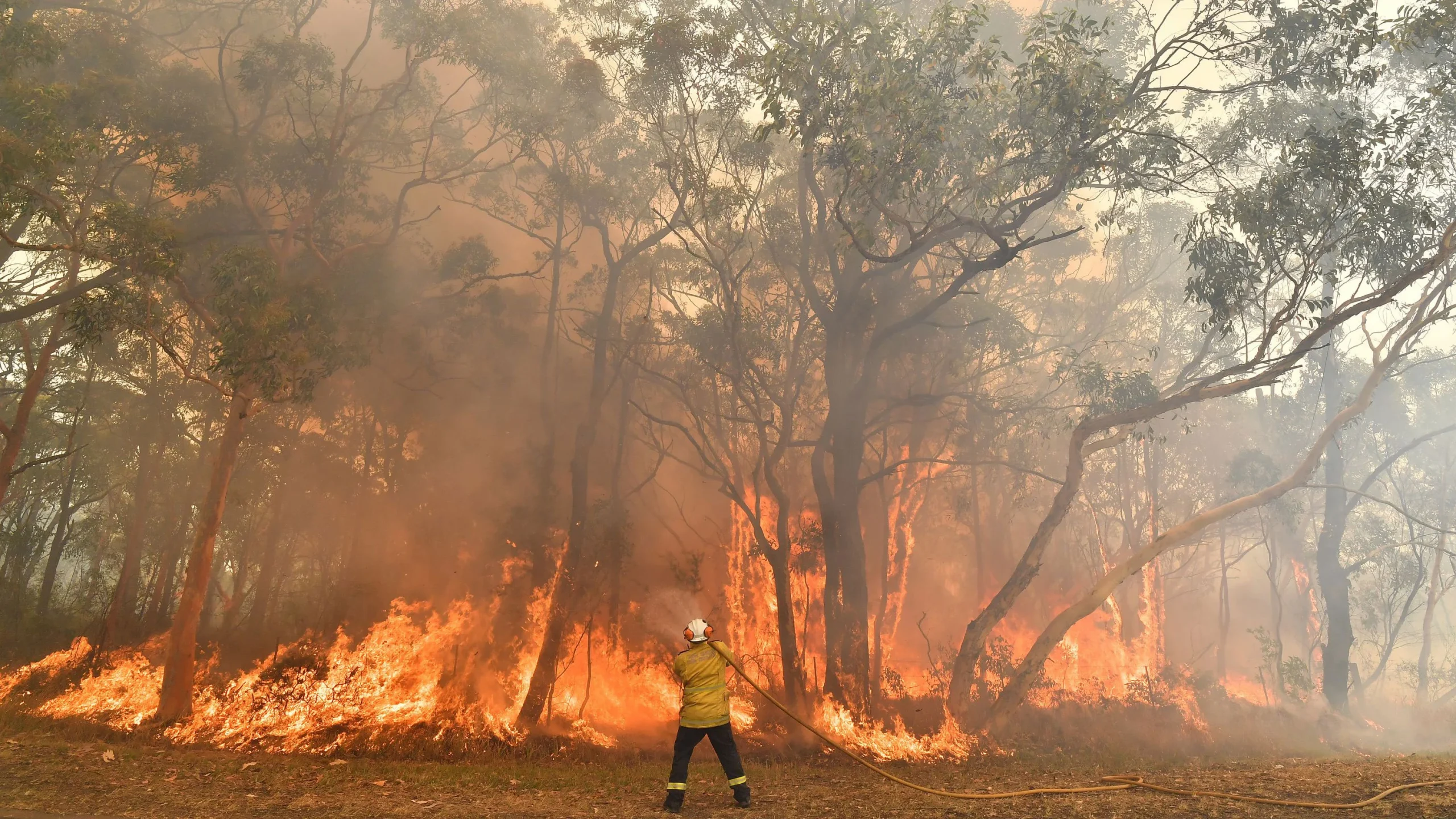
Researchers discovered that the devasting Australian wildfires in 2019-2020 led to ocean cooling thousands of miles away, eventually pushing the Tropical Pacific into a unique multi-year La Nina phase that only recently abated.
The study, coordinated by the National Centre for Atmospheric Research (NCAR) in the United States, is published in the journal Science Advances.
La Nina is an important occurrence for seasonal climate projections since its development can often be predicted months in advance.
NCAR scientist, and lead author of the study, John Fasullo said, “Many people quickly forgot about the Australian fires, especially as the COVID pandemic exploded, but the Earth system has a long memory, and the impacts of the fires lingered for years”.
A La Nina occurrence for three consecutive winters is unusual, though not unheard of. The recent La Nina cycle, which began in the winter of 2020-21 and continued through last winter, is just the third in the historical record, which dates back to 1950.
The recent La Nina streak is particularly exceptional in that it did not follow a significant El Nino – warming rather than cooling in the Tropical Pacific with similar but opposing climate implications.
Previous research has shown that events in the Earth system, such as aerosol emissions from big volcanic eruptions in the Southern Hemisphere that chill the temperature, can increase the likelihood of a La Nina developing.
Given the vast scope of the Australian fires, which burned an estimated 46 million acres, Fasullo and his co-authors speculated on the potential climate implications of the ensuing emission.
To address the subject, the researchers utilized the Community Earth System Model, version 2, an advanced NCAR-based computer model to run two batches of simulations on the Cheyenne system at the NCAR-Wyoming Supercomputing Center (US). All the simulations began in August 2019 before Australia’s wildfires became historically enormous, but only one set included emissions from the wildfires as detected by satellite.
The researchers discovered that the emissions from the flames, which swiftly encircled the Southern Hemisphere, set off a sequence of climate interactions. Unlike a volcanic eruption, the majority of wildfire emissions did not reach high enough in the atmosphere to cool the environment by directly reflecting sunlight.
Instead, the aerosols produced by the emissions brightened the cloud decks over the Southern Hemisphere, particularly off the coast of Peru, which chilled and dried the air in the region, eventually changing the zone where the northern and southern trade winds meet.
The total outcome was a cooling of the Tropical Pacific Ocean, where La Nina originate, over a number of years.
In the months leading up to this powerful three-year La Nina event, some seasonal forecasts predicted neutral conditions in the Tropical Pacific.
According to Fasullo, the new research helps explain this missed forecast and emphasizes the need of utilizing a coupled Earth system model, which includes the atmosphere and the ocean, as a forecasting tool.
Also read: After Stroke, Air Pollution May Contribute To Brain Inflammation
To read more such news, download Bharat Express news apps


















